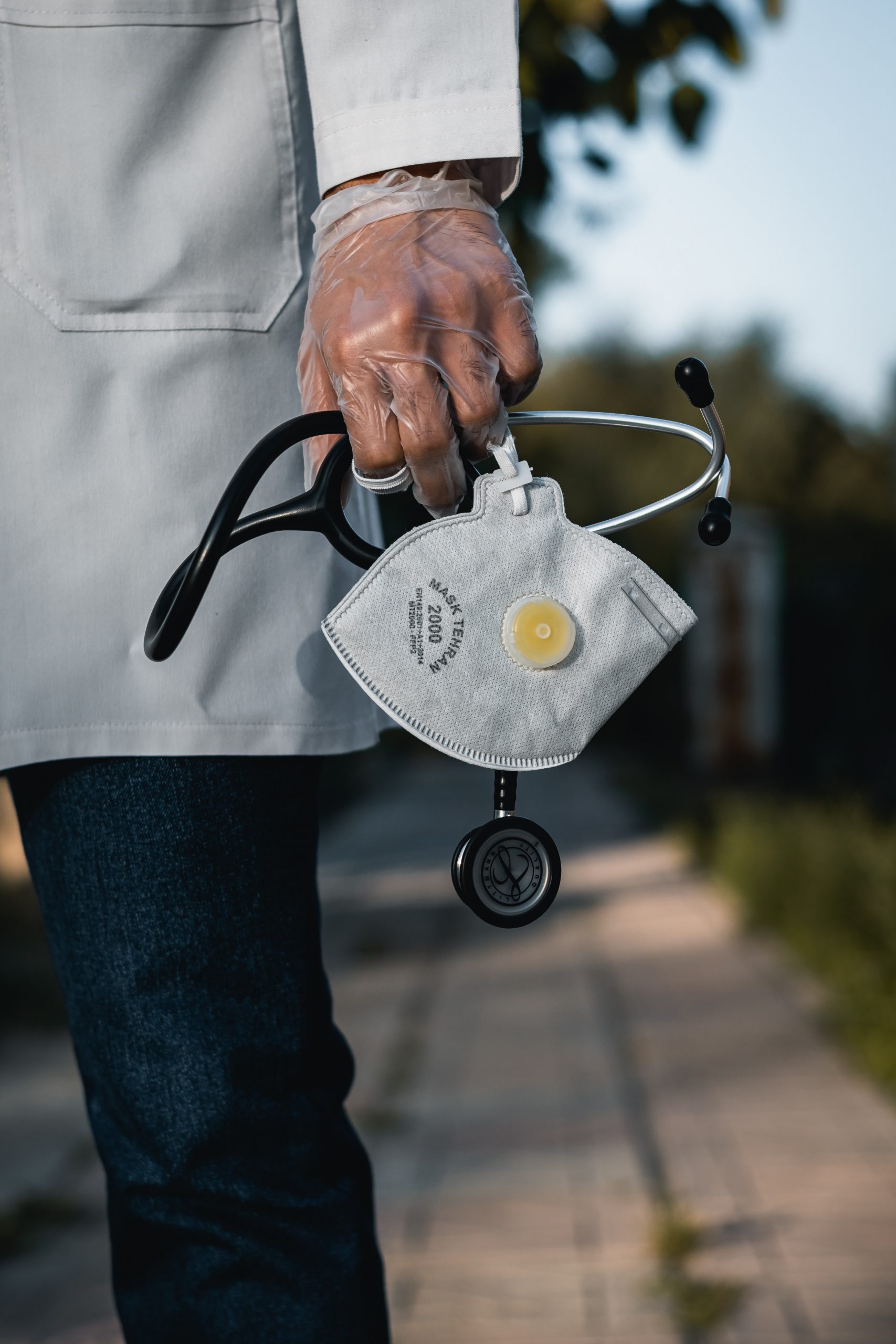Rocky Mountain Immigrant Advocacy Network (RMIAN) has shared this expert letter from Dr. Carlos Franco-Paredes, Program Director, Infectious Disease Fellowship at the University of Colorado.
Dr. Franco-Paredes is an internationally-recognized expert in infectious diseases, with decades of research, scholarship, experience, and accolades under his belt.
Read his c.v. and his full expert letter to ICE below. Following is an excerpt.
Likely Outcome if COVID-19 Spreads in Immigration Detention
Given the large population density of immigration detention centers, and the ease of
transmission of this viral pathogen, the attack rate may take exponential proportions.
Behind the walls of a detention center, the basic reproductive rate of the infection (R0=2)
may be responsible for infecting between 30-50% of detainees and staff within a facility. Of
these one-fifth will require hospital admission, and about 10% will develop severe disease
requiring intensive care unit. For an immigration detention center that holds 1500
detainees, we can estimate that 500-650 may acquire the infection. Of these, 100 to 150
individuals may develop severe disease potentially requiring admission to an intensive care
unit. Of these, 10-15 individuals may die from respiratory failure. The cost of care of in the
intensive care unit is in the order of $5000 to $8,000 dollars per day for those requiring
mechanical ventilation.Risk Minimization Through Release from Detention
In contrast, releasing those in the high risk age groups and those with underlying medical
conditions with lessen the impact of an outbreak of COVID-19. The main reason is that
those in these groups at risk carry the highest concentration of virus in their respiratory
secretions and act as human incubators of the virus. Additionally, by having a reduced
number of people and held together in a confined space, there is a reduced number of
networks of transmission of the infection. This intervention is the public interest since the
release people from detention will minimize the number of people infected with COVID-19
that may potentially spread to the surrounding communities around detention centers.

